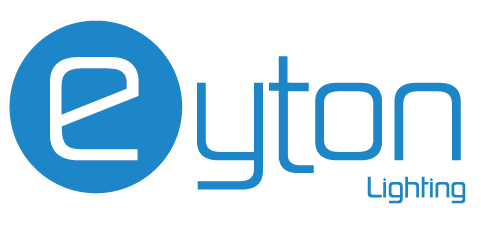Outdoor LED lighting has revolutionized exterior illumination, offering energy efficiency, durability, and versatile lighting solutions for various applications. This comprehensive guide will help you navigate the selection process for outdoor LED lighting, ensuring you make an informed decision that meets your specific needs while maximizing energy savings and performance.
Why Are Outdoor LED Lights Becoming the Top Choice for Exterior Illumination?
As a lighting professional with over a decade of experience, I’ve witnessed firsthand how LED technology has revolutionized outdoor illumination. The migration toward LED lighting for exterior applications marks one of the most significant shifts in lighting technology of our time.
The compelling advantages of LED lighting make it an obvious choice for outdoor applications. Modern LED fixtures deliver exceptional performance while consuming minimal energy, making them increasingly popular for everything from pathway lighting to large-scale exterior installations.
Up to 75% more energy efficient than traditional lighting, with lifespans exceeding 50,000 hours
Let’s examine why property owners and facilities managers are rapidly adopting LED technology for their outdoor lighting needs:
Superior Energy Efficiency
The energy-saving potential of LED lighting is truly remarkable. By converting up to 95% of energy into light rather than heat, LED fixtures dramatically reduce electricity consumption compared to traditional options like metal halide or high-pressure sodium lights.
Extended Operational Lifespan
The incredible longevity of LED fixtures translates to significant maintenance savings. While conventional bulbs might need replacement every 2-3 years, quality LED fixtures can operate reliably for 10-15 years or more under normal conditions.
Enhanced Light Quality and Control
LED technology offers unprecedented control over light output and distribution. The ability to direct light precisely means less waste and light pollution. Plus, LED lights maintain their color temperature throughout their lifespan, ensuring consistent illumination quality.
| Lighting Type | Average Lifespan (Hours) | Energy Efficiency |
|---|---|---|
| LED | 50,000+ | High |
| Metal Halide | 15,000-20,000 | Medium |
| High-Pressure Sodium | 24,000 | Medium-Low |
Environmental Benefits
The environmental impact of LED lighting extends beyond energy efficiency. These fixtures contain no mercury or other hazardous materials, making them safer for the environment. Their longer lifespan also means fewer replacements and less waste in landfills.
Cost-Effective Operation
While the initial investment in LED lighting might be higher, the total cost of ownership proves substantially lower. The combination of reduced energy consumption, minimal maintenance requirements, and extended lifespan delivers impressive returns on investment, often paying for itself within 2-3 years.
The robust construction of LED fixtures makes them ideal for challenging outdoor environments. Their solid-state design withstands temperature fluctuations, vibrations, and severe weather conditions far better than traditional lighting technologies.
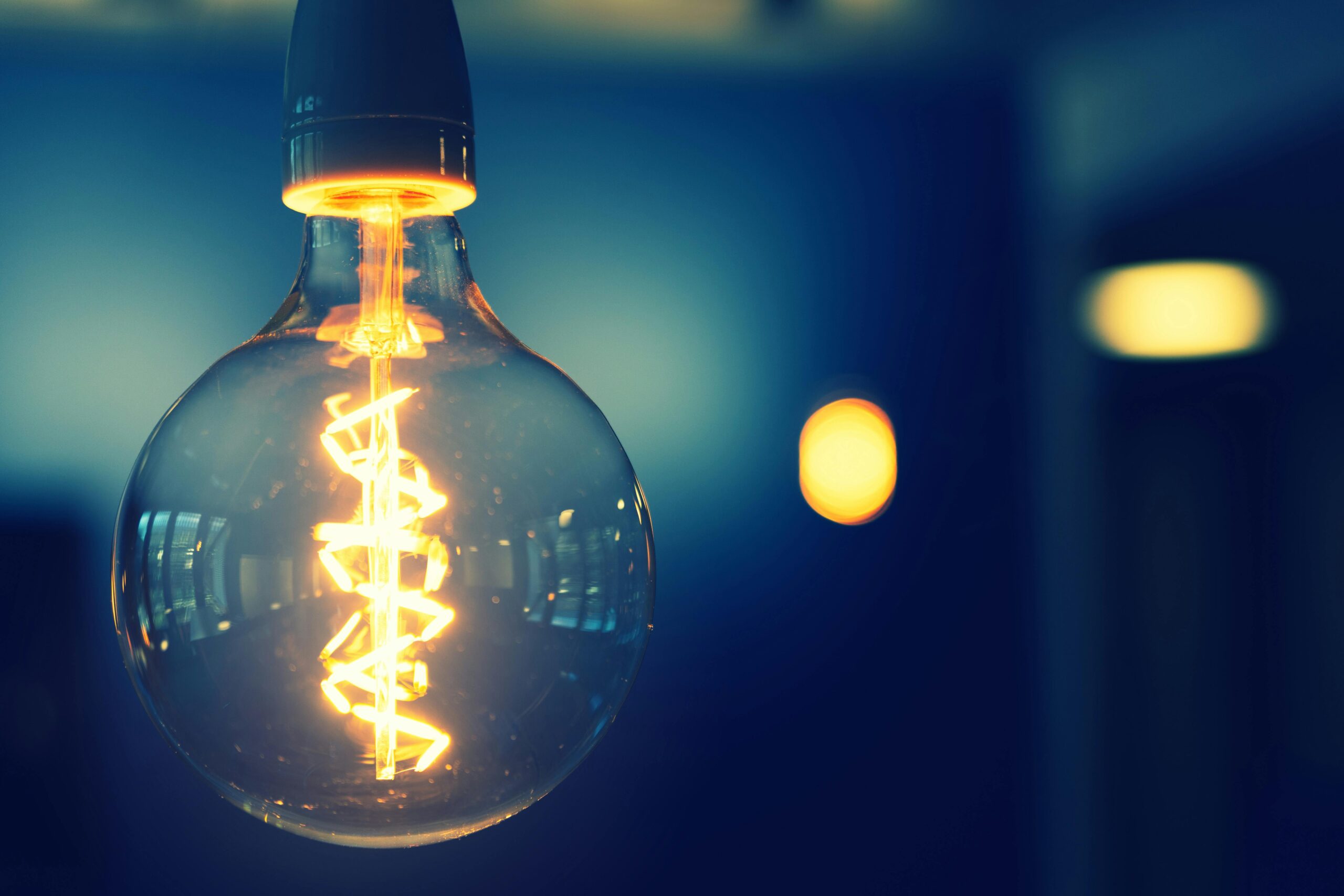
How Do LED Lights Transform Your Outdoor Space Safety and Security?
In my years of designing security lighting systems, I’ve observed how LED technology has fundamentally transformed the safety landscape of outdoor spaces. The strategic implementation of LED lighting significantly enhances property security through superior illumination quality and advanced features.
Enhanced visibility and security with instant-on capability and superior light distribution
As a lighting security specialist, I’ll break down the key security advantages that make LED lighting an exceptional choice for outdoor safety:
Immediate Illumination Response
Unlike traditional lighting that requires warm-up time, LED lights activate instantly at full brightness. This immediate response proves crucial in emergency situations or motion-activated security applications.
Consistent Light Quality
LED fixtures maintain their brightness level throughout their operational life, ensuring reliable security coverage without the gradual dimming common in conventional lighting technologies.
| Security Feature | LED Advantage | Safety Impact |
|---|---|---|
| Motion Detection | Instant Response | Immediate Deterrent |
| Smart Integration | Remote Control | Enhanced Monitoring |
| Light Distribution | Precise Coverage | No Dark Spots |
Advanced Integration Capabilities
Modern LED security lighting seamlessly integrates with smart home systems, enabling remote monitoring and control. Property owners can program scheduling, adjust brightness levels, and receive activity alerts through mobile applications.
Superior Color Rendering
The high Color Rendering Index (CRI) of LED lighting allows for accurate color reproduction, making surveillance footage more effective and helping identify potential security threats more accurately.
Reliable Performance
LED security lights operate effectively in extreme temperatures and weather conditions. Their solid-state construction eliminates the risk of sudden failures common in traditional bulbs, ensuring continuous security coverage.
Strategic Light Distribution
The directional nature of LED lighting allows for precise control over illumination patterns. This capability eliminates dark spots and creates uniform coverage across protected areas, leaving no hiding spots for potential intruders.
Energy-Efficient Security
The low power consumption of LED lighting means security systems can operate continuously without excessive energy costs. Battery backup systems last longer with LED fixtures, maintaining security even during power outages.
Propertys equipped with LED security lighting benefit from reduced false alarms due to superior visibility and fewer maintenance interruptions. The reliability of LED technology ensures your security lighting remains operational exactly during those crucial moments it’s needed most.
The integration of motion sensors with LED lighting creates responsive security zones that automatically illuminate upon detecting movement, serving both as a deterrent and an alert system. This smart functionality transforms passive lighting into an active security measure.
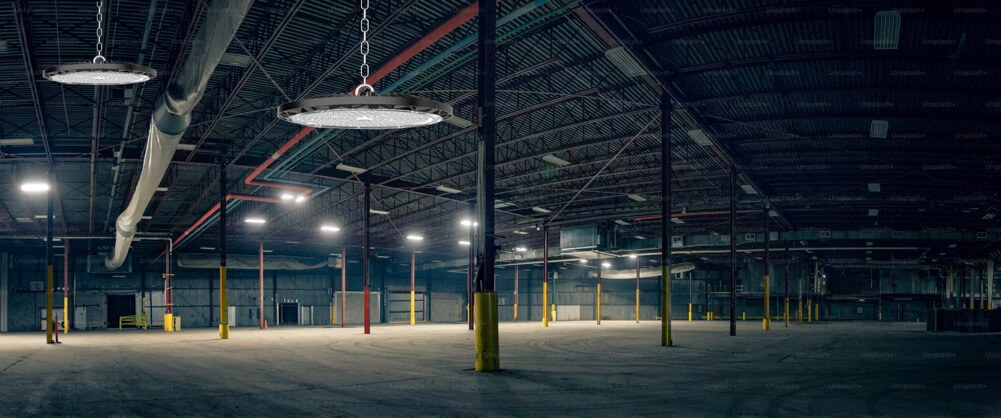
What Makes LED Floodlight Modules Stand Out from Traditional Lighting?
As an outdoor lighting engineer specializing in LED technology, I’m continually impressed by the remarkable capabilities of LED floodlight modules. These innovative lighting solutions represent a significant leap forward in outdoor illumination technology, offering unprecedented control and efficiency.
Customizable light patterns and reduced light pollution through precise beam control
Modular Design Excellence
The genius of LED floodlight modules lies in their adaptable architecture. Each module functions as a building block, allowing precise customization of lighting arrays to match specific application requirements. This flexibility proves invaluable across diverse installation scenarios, from architectural highlighting to large-scale area illumination.
| Module Feature | Traditional Lighting | LED Modules |
|---|---|---|
| Beam Angle Control | Fixed | Adjustable 15-120° |
| Light Distribution | Scattered | Precise |
| Scalability | Limited | Highly Flexible |
Advanced Optical Control
The precision engineering of LED modules enables superior light control through advanced optics. This technology allows for exact beam shaping, eliminating light spill and reducing light pollution – a crucial consideration for environmentally conscious installations.
Thermal Management Innovation
Through sophisticated thermal design, LED floodlight modules efficiently dissipate heat, ensuring optimal performance and longevity. The modular approach facilitates better airflow and heat distribution compared to traditional lighting solutions.
Smart Integration Capabilities
Each module can incorporate smart controls, enabling dynamic adjustments to light output, color temperature, and energy consumption. This adaptability creates responsive lighting systems that adjust to environmental conditions and usage patterns.
Energy Distribution Optimization
The modular design allows for strategic power distribution across lighting arrays. Facilities can implement zone-based lighting strategies, activating only necessary modules and further reducing energy consumption.
Installation Flexibility
The compact nature of LED modules enables creative mounting solutions previously impossible with traditional floodlights. Their lightweight design reduces structural requirements while maintaining robust illumination capabilities.
Future-Proof Architecture
The modular approach simplifies upgrades and maintenance. Individual modules can be replaced or updated without overhauling entire lighting systems, ensuring lighting installations remain current with technological advances.
The cost-effectiveness of LED modules extends beyond energy savings. Their precise beam control minimizes wasted light, reducing operational costs while maintaining optimal illumination levels. The ability to replace individual modules rather than entire fixtures significantly reduces long-term maintenance expenses.
Through careful implementation of LED floodlight modules, property owners achieve both immediate benefits and long-term advantages. The combination of adaptability, efficiency, and precise control transforms outdoor spaces while preparing them for future lighting innovations.
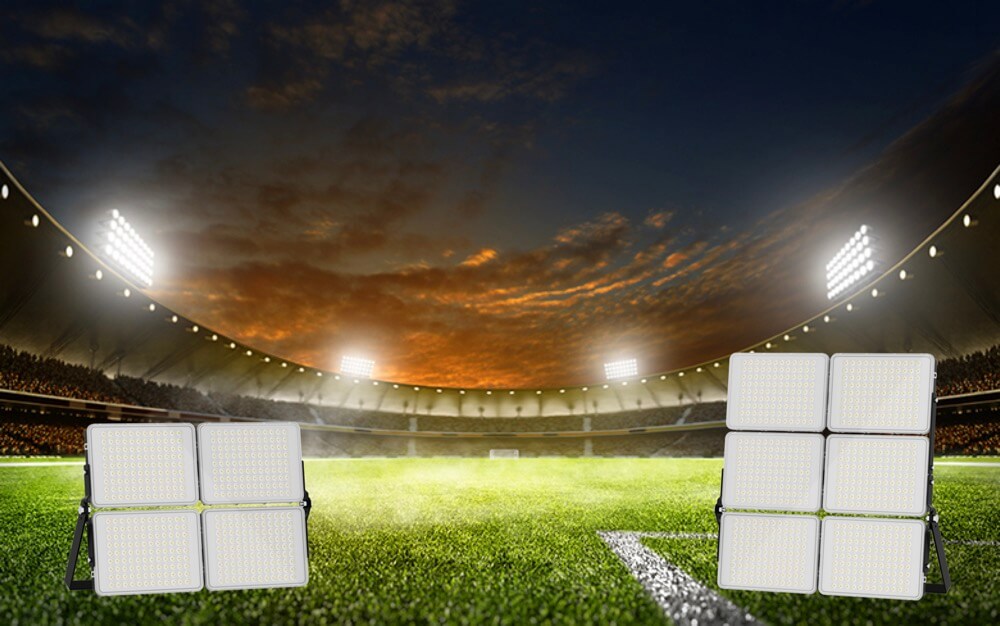
Which Factors Matter Most in Selecting Outdoor LED Lighting?
Having specified countless outdoor lighting installations, I know that selecting the right LED solution requires careful consideration of several technical factors. The performance specifications of outdoor LED lighting directly impact its effectiveness and longevity in real-world applications.
IP ratings, lumens output, and color rendering index (CRI) are critical selection criteria
Brightness and Efficiency Metrics
The lumens output determines the actual brightness of your LED fixture. For outdoor applications, I recommend calculating the required lumens based on the area size and mounting height. A higher lumens-per-watt ratio indicates better energy efficiency.
| Application | Recommended Lumens | Typical Mounting Height |
|---|---|---|
| Pathway Lighting | 100-200 per linear foot | 3-4 feet |
| Area Lighting | 4000-6000 per fixture | 12-15 feet |
| Security Lighting | 7000-10000 per fixture | 15-20 feet |
Environmental Protection
The IP (Ingress Protection) rating indicates your fixture’s resistance to environmental factors. For outdoor installations, I suggest nothing less than IP65 protection, ensuring complete dust protection and resistance to water jets.
Color Quality Considerations
The Color Rendering Index (CRI) measures how accurately the light reveals object colors. For outdoor applications, a CRI of 70-80 proves sufficient, though higher values enhance visibility and aesthetic appeal.
Operating Temperature Range
LED fixtures must handle your local climate extremes. Quality outdoor LEDs operate efficiently from -40°F to 120°F, maintaining performance through seasonal changes.
Light Distribution Patterns
The beam angle and light distribution pattern significantly impact coverage area. Type II distribution suits walkways, while Type V works best for open areas. Consider overlapping patterns to eliminate dark spots.
Durability Features
Beyond IP ratings, look for:
- UV-resistant housing materials
- Corrosion-resistant finishes
- Impact resistance ratings (IK rating)
Power Management
Driver quality affects long-term reliability. Surge protection becomes essential in areas prone to lightning or unstable power supply. Look for drivers rated for 6kV surge protection minimum.
Maintenance Considerations
Select fixtures with tool-less access features for easier maintenance. LED modules with replaceable components offer more cost-effective long-term operation compared to sealed units.
The operating environment dictates specific requirements – coastal areas need marine-grade finishes, while urban locations might prioritize anti-vandal features. Your choice must balance these factors against budget constraints while ensuring adequate illumination for your specific application.
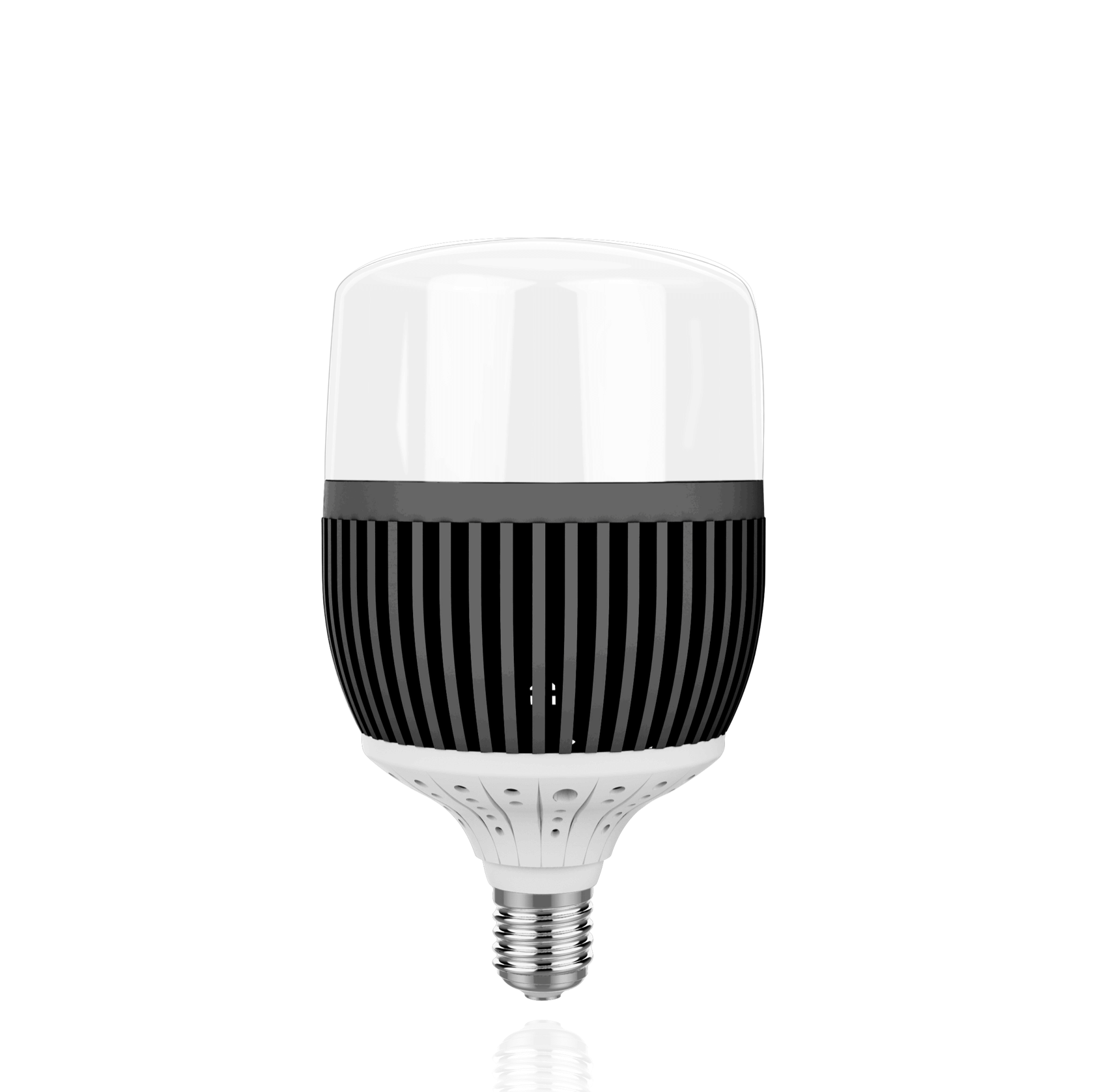
Conclusions
Selecting the right outdoor LED lighting solution requires careful consideration of various factors, from energy efficiency to weather resistance. By understanding these key elements and following our comprehensive guide, you can make an informed decision that provides optimal illumination while maximizing energy savings and durability. Remember to consider your specific needs, environmental conditions, and long-term cost benefits when making your selection.
External Links Recommendation
- US Department of Energy – LED Lighting
- International Dark-Sky Association – Outdoor Lighting Basics
- ENERGY STAR – Light Fixture Guide
- Lighting Research Center – Outdoor Lighting Resources
- IEEE Xplore – LED Outdoor Lighting Technology
- DesignLights Consortium – Outdoor Lighting Technical Requirements
- Illuminating Engineering Society – Outdoor Lighting Guidelines
- ENERGY.GOV – Street Lighting and Blue Light
